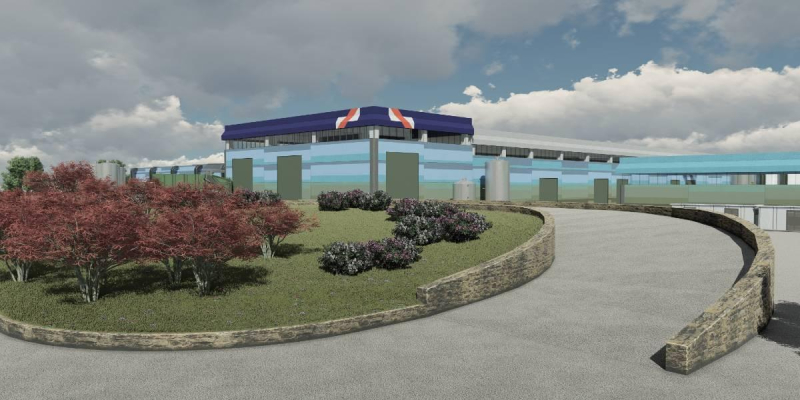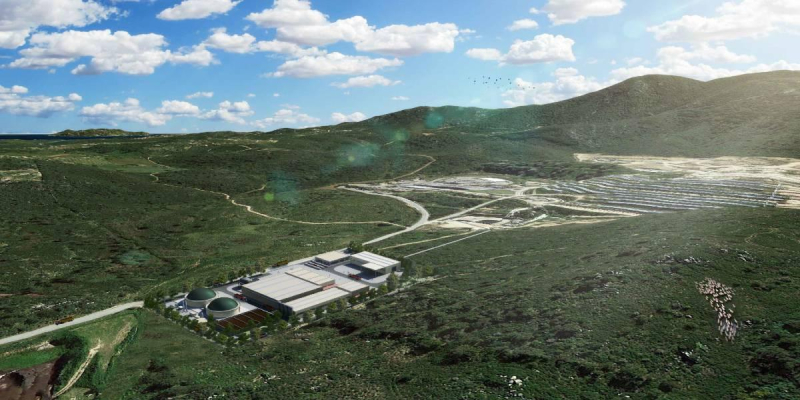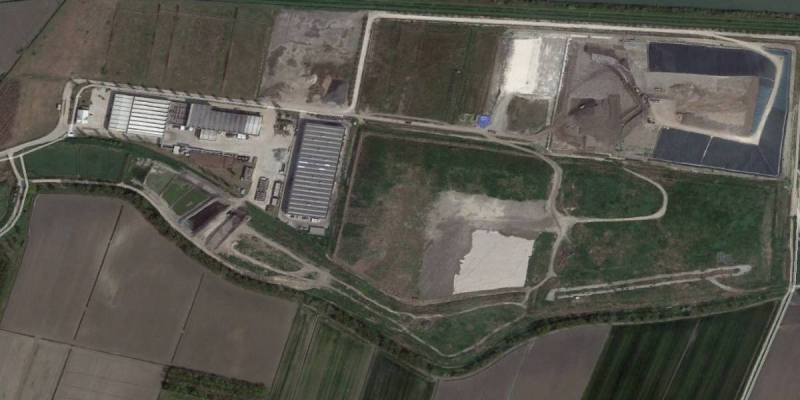
Traitement des dechets Depotoir
Environmental recovery and extension of dumpsite for non-hazardous urban waste at Torretta di Legnago (Italy)
The intervention concerns the permanent sealing and environmental recovery of the areas used as dumpsite in the years 1982-1990. The first section of this dumpsite occupied the former riverbed of the Tartaro river, which dried up after the deviation of the river into the Bianco canal. The riverbed had a natural slow-permeability surface cover which, according to the legislation of the 1980’s, was suitable for receiving urban waste. When the first riverbed section was filled, the dumpsite was extended into a second riverbed section and subsequently in the area to the north between the old riverbed and the Bianco canal until the expected exhaustion of this area in Dec. 2008. Moreover, the project is intended to guarantee the dumpsite a further operating life of 8 years to receive the daily collections of urban solid waste. Following the analysis of the existing situation and the comparison of the two alternative solutions allowed by Italian law - the making safe by complete sealing or by the removal of the sources of contamination – the latter alternative was chosen, involving the removal of 595,316 m³ of waste from the old riverbed and its conveyance to the extended dumpsite area, together with some 87,224 m³ of cover material.
The removal of the waste material will be carried out cell by cell, each cell bounded on two sides by the river banks and on the other two sides by the excavation front and a closing clay dyke. In this way contamination of the areas by the percolated overflow of the dumpsite is kept to a minimum. The excavation will be carried out in two phases: the first half from above, positioning the digger and the trucks on top of the dumpsite, and the other half from below with the digger inside the cell being excavated and the trucks outside it in the area already recovered. The excavation will therefore be done mechanically using grabbers capable of gathering up the waste material leaving behind most of the water contained in the voids of the material removed. The waste material will be loaded onto trucks. The new dumpsite must receive approx. 500-600 m³/day of recovered material from the first riverbed section plus the daily volume of solid waste from the neighbouring areas.
According to the indications of Le.Se. S.p.A., the normal volumes of USW to be conveyed annually to dump are equivalent to 120,000 t/year, of which 96,000 t/year dry material for dumpsite and 24,000 t/year of organic material to be conveyed to the composting plant and recycled as daily cover material (BD). Assuming the unit weight of the dry USW is 0.75 t/m³, the useful volume of the dumpsite annually occupied by ordinary USW can be estimated to be around 128,000 m³. The dumpsite therefore needs to be extended for a total of 1,620,000 m³, considering the volume deriving from the clearing and recovery of the first section plus the regular waste conveyance. These volumes were defined according to an arrangement approved by the competent authorities. These volumes were defined according to an arrangement approved by the competent authorities.
Technital also designed the monitoring system for checking the environmental parameters before, during and after the recovery and construction works.
Client
Legnago Servizi S.p.A.
Lieu
Torretta di Legnago
Prestations de service
EIA; Preliminary Design, Detailed Design, Works Supervision
Coût des travaux
Euro 34,138,800










